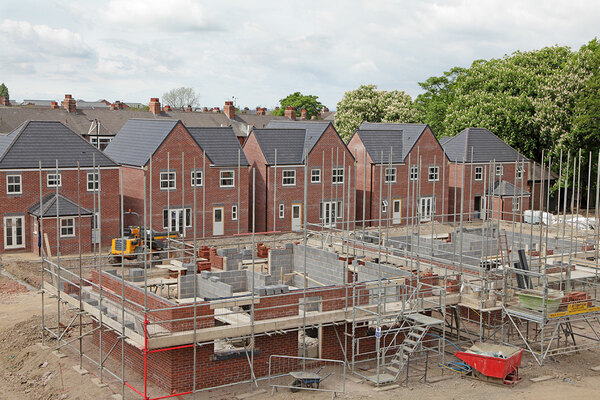You are viewing 1 of your 1 free articles
For-profits have potential to deliver 130,000 homes over next five years, research finds
For-profit social housing providers have the potential to deliver 130,000 new homes for shared ownership and rent by 2026, new research has found.
A report published today by Savills based on interviews with seven of the largest for-profit providers predicts that such organisations could commit up to £23bn over the next five years to deliver the 130,000 homes.
The seven providers Savills spoke to estimated they will complete 75,000 homes by 2026, with the remaining delivery coming from other existing for-profits and new entrants.
Over the past few years a number of major investors, including L&G, Blackstone and M&G, have entered the UK social housing sector by setting up for-profit registered providers.
The number of for-profit providers registered with the Regulator of Social Housing in England has increased from 25 in 2015 to 53 this year, Savills’ research found.
It said most for-profit providers’ appetite has so far been for low-cost homeownership products, such as shared ownership, but that it expected to see for-profits take on more general needs rental stock as they become more established.
Helen Collins, head of the affordable housing consultancy team at Savills, told Inside Housing the consultancy is “still seeing very strong levels of interest from a whole range of other new entrants” and said she expects “some very credible investors and funds to be in the market in 12 to 18 months time”.
As part of this trend, Ms Collins said she is seeing “a gradual shift to organisations that are more comfortable with development risk”, meaning for-profits are becoming more likely to enter into development partnerships with house builders in addition to buying Section 106 properties.
A number of housing associations have recently entered into development deals with for-profits, such as Hyde, which has signed a deal with M&G that will see the latter forward fund a £500m pipeline of roughly 2,000 shared ownership homes.
Ms Collins said she thinks the sector will see more “variations on that model”, where the housing association develops and manages the homes, but a for-profit provider owns them.
This model can benefit housing associations who are looking to free up capital to invest in decarbonisation or fire safety, Ms Collins added.
She said she is also seeing some interest from housing associations in setting up joint for-profits with investors, with the latter owning around 90% of the share capital in the for-profit.
Under this model the joint for-profit would purchase homes being developed by the housing association and the housing association would manage them.
Savills’ report found that there is a “great deal of overlap” between the investors that lend to housing associations and those funding for-profits, labelling it a “story of the same types of capital finding different routes to market”.
For example, the research points out that L&G and M&G have “long provided debt” to housing associations, but can now invest equity and debt in the sector via their for-profit providers.
Ms Collins said: “It’s like the next private finance initiative. You look back 30 years ago when private finance came into housing.
“This is a different way of the same types of capital coming into the sector. So it’s sort of a continuation of a theme. It’s the next evolution.”
She stressed it was important “not to overstate the medium-term change for housing associations”.
“What we’re trying to say with this research is in five years’ time we’ll see a lot more partnership activity between housing associations and for-profit registered providers and we’ll see for-profit registered providers playing an ever increasing part in new home supply,” she added.
Sign up for our development and finance newsletter
Already have an account? Click here to manage your newsletters













